Austria is a country in the centre of Europe.
Austria is a landlocked country and has no coastal borders.
The land is mountainous in the west and south being a part of the Alpine range of mountains which run through Europe. In the north and east the land
is flatter with gentle slopes.
The geographical coordinates for the centre of Austria, also known as lines of latitude and longitude, are:-
Latitude - 47 20N
Longitude - 13 20E
The capital of Austria is Vienna.
Austria is a federal parliamentary republic with a president as head of state and a chancellor as leader of the government.
In elections everyone over the age of 16 can vote.
The currency in Austria is the euro. Austria is a member of the European Union, having joined in 1995.
German is the official language.
Check the weather in Vienna now.
This is the time in Vienna now








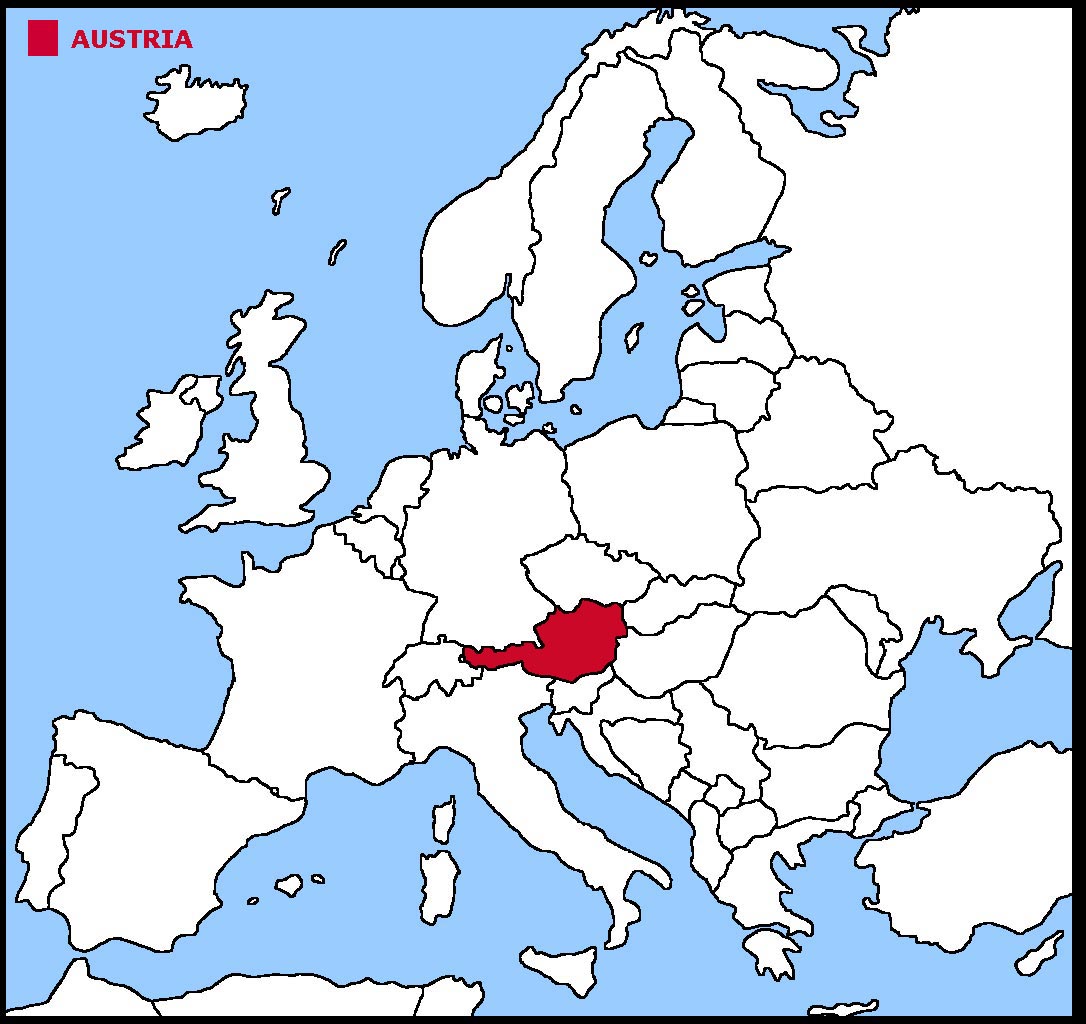

 The Austrian flag is 3 equal horizontal bands
of red, white and red. It may be the oldest banner in the world and was the banner of Duke Leopold V, In a battle while he was fighting in the crusades his white
tunic was covered in blood. When he took off his wide belt, a white band was revealed. This is the basis for the flag.
The Austrian flag is 3 equal horizontal bands
of red, white and red. It may be the oldest banner in the world and was the banner of Duke Leopold V, In a battle while he was fighting in the crusades his white
tunic was covered in blood. When he took off his wide belt, a white band was revealed. This is the basis for the flag.


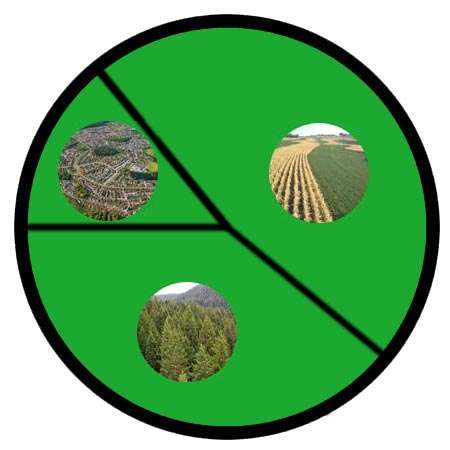

 Each little Owlbut is 1 person and
the big yellow rectangle is 1 sq km. After a while you can compare countries and see which ones are the most crowded. Remember it is only an average as
more people live closer together in towns and cities than in villages out in the country.
Each little Owlbut is 1 person and
the big yellow rectangle is 1 sq km. After a while you can compare countries and see which ones are the most crowded. Remember it is only an average as
more people live closer together in towns and cities than in villages out in the country.
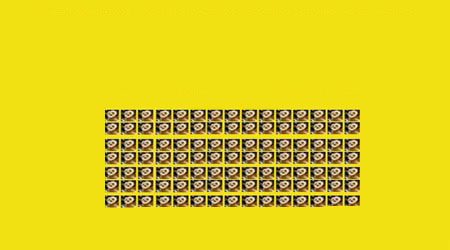

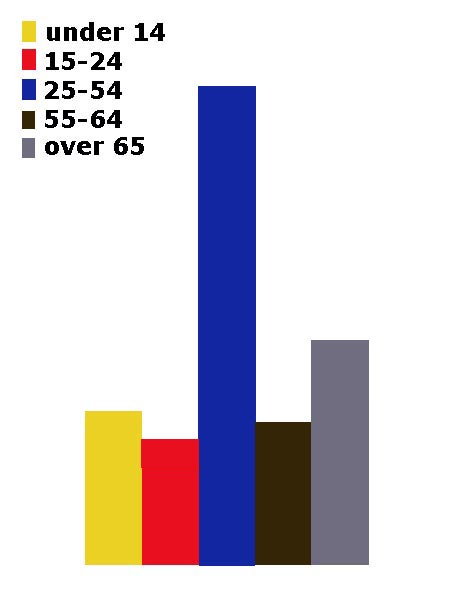
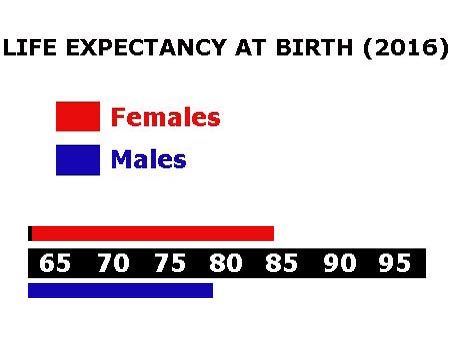

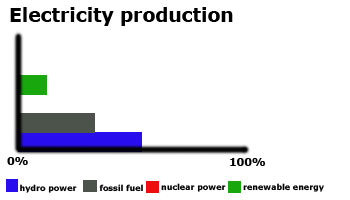

 They work in the following sectors.
They work in the following sectors.



